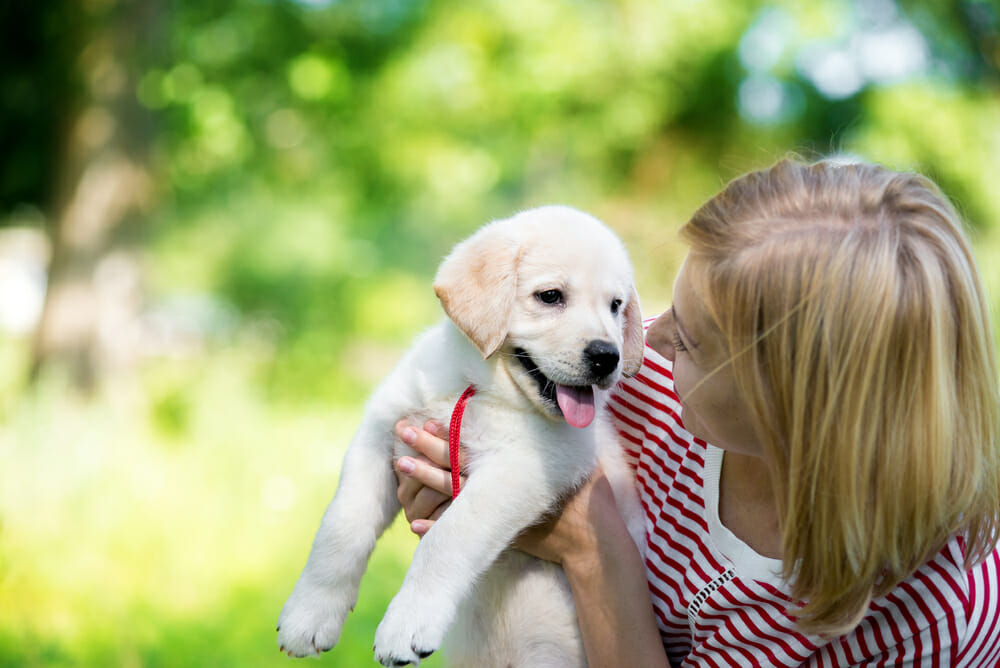Here are some suggestions:
First, take a look at your space from their perspective. You got it, get down on your hands and knees and take a look. Are there small items under the couch or on the ground they can accidentally swallow? Hair ties? Coins? Plastic bags? As your new fur babies grow, keep an eye on tables or counters that they are now able to reach.
CORDS! Not just electrical cords either. It’s true they are quite dangerous as your pet can be harmed if they chew them. Don’t forget the other types of cords/ties lurking in your house. Curtain tie backs, men’s ties, cords from blinds, or that fancy strap you use to stretch your hamstrings in yoga. All of these pose a risk of being chewed, swallowed and becoming trapped in your pet’s stomach.
Keep those cabinet doors closed. It’s a great idea to invest in childproof locks for cabinet doors to ensure your pets can’t get into them. Puppies love to chew, and all those things tucked into cupboard are great targets to chew and play with. Of course, a lot of those items could be quite dangerous for a pet! Items like cleaning supplies, mouse poison, medications, compost, etc. Remember, cats love to find warm places to hide – cupboards, dryers, those boxes in the back of your closet, and dresser drawers to name a few.
Many house plants are toxic to animals. Puppies and kittens often explore their surroundings by chewing so it’s very important to check to see if any of your house plants are poisonous (same goes for any plants you may have in your garden if you plan on having your pet outdoors with you). Also, some plants are toxic just by rubbing against them or inhaling their pollen, which means certain plants don’t belong in the home with pets (such as Easter lilies).
Most importantly, when bringing home a new pet, be prepared. Be sure to have everything you need before bringing them home; food and water bowls, food, bed, treats, baby gates, and toys. If you are getting a kitten, you will also need a litter box and scratching post if you are getting a puppy to be sure to get a leash and collar (with proper tags) and maybe a crate.
Congratulations on the new addition to your family!
Written by: Tracy LeFler, Site Coordinator




